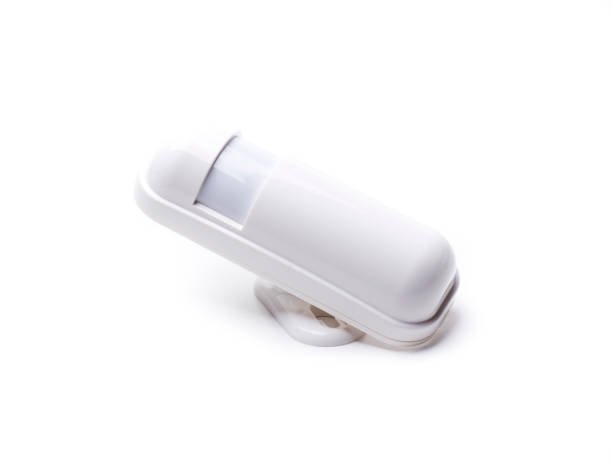Elderly Monitoring Sensors

While it's hard to pinpoint exactly which features a senior citizen might need, the best elderly monitoring sensors use a combination of motion detection and temperature sensors. Both can alert caregivers if someone is sleeping on a loved one's bed. These devices can also detect falls, which can save a life. These systems are not just convenient, but can also reduce stress for loved ones. Listed below are the most common uses for elderly monitoring sensors.
Chair occupancy sensors are similar to bed occupancy sensors, except they're placed under a chair cushion. The elderly monitoring sensors then sends a signal to the monitoring service to notify them. Pressure mats, on the other hand, detect movement and alert medical personnel in case of an emergency. These devices can help a monitoring service build a better picture of a senior's routine. Regardless of the technology used, elderly monitoring sensors can help the elderly live independently.
These technologies are often used to monitor elderly people living alone. They can detect a wide variety of behaviors and raise alarms when a resident becomes ill or begins to act differently. Some people may be sensitive to monitoring, but passive home monitoring is a better alternative. These devices can also be used to monitor a person's activities if they're in an unfamiliar environment.
Another useful type of elderly monitoring sensors is the chair occupancy sensor, which works similar to the bed occupancy sensor. It places a pressure sensor under the seat cushion of a chair. When a person sits in a chair, the chair occupancy sensor will alert the appropriate people. An alternative method of recording movement is the pressure mat, which detects when someone steps on it. This type of elderly monitoring sensor is a great way to get a better picture of a senior's routine.
Some of these sensors are similar to bed occupancy sensors, but are placed beneath a chair cushion. The monitoring system for elderly in the home detect movements in the chair and alert the appropriate people. Other types of elderly monitoring sensors are called pressure mats. They detect pressure when someone steps on them and allow the monitoring service to build a more accurate picture of a senior's routine. It's important to understand which type of elderly monitoring sensor you'll need. Some elderly monitoring sensors will even monitor movement, such as temperature, humidity, and movement of a person.
Some elderly monitoring sensors are designed to monitor human behavior. These devices are low-powered and can be placed in different locations in the house. They are ideal for monitoring health status and human behavior. The main advantage of these devices is that they don't need to be intrusive. The elderly can remain in their home while being monitored. They will be monitored remotely by the monitoring service. The most important use of these sensors is to monitor a senior's home. Check out this post that has expounded on the topic: https://en.wikipedia.org/wiki/Home_automation_for_the_elderly_and_disabled.
